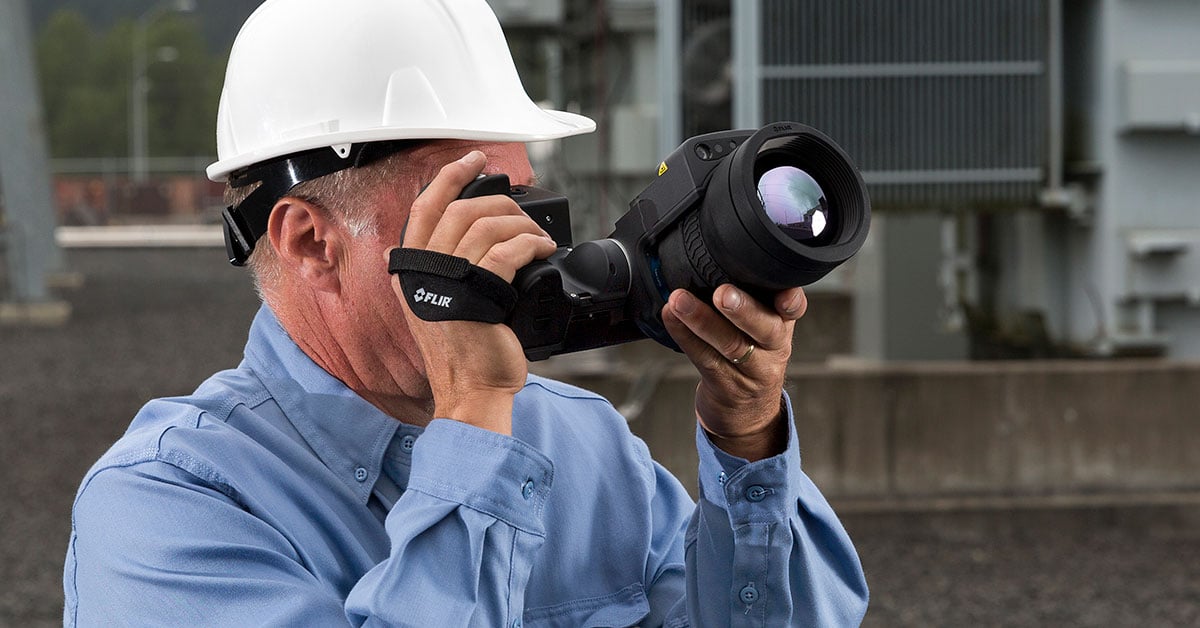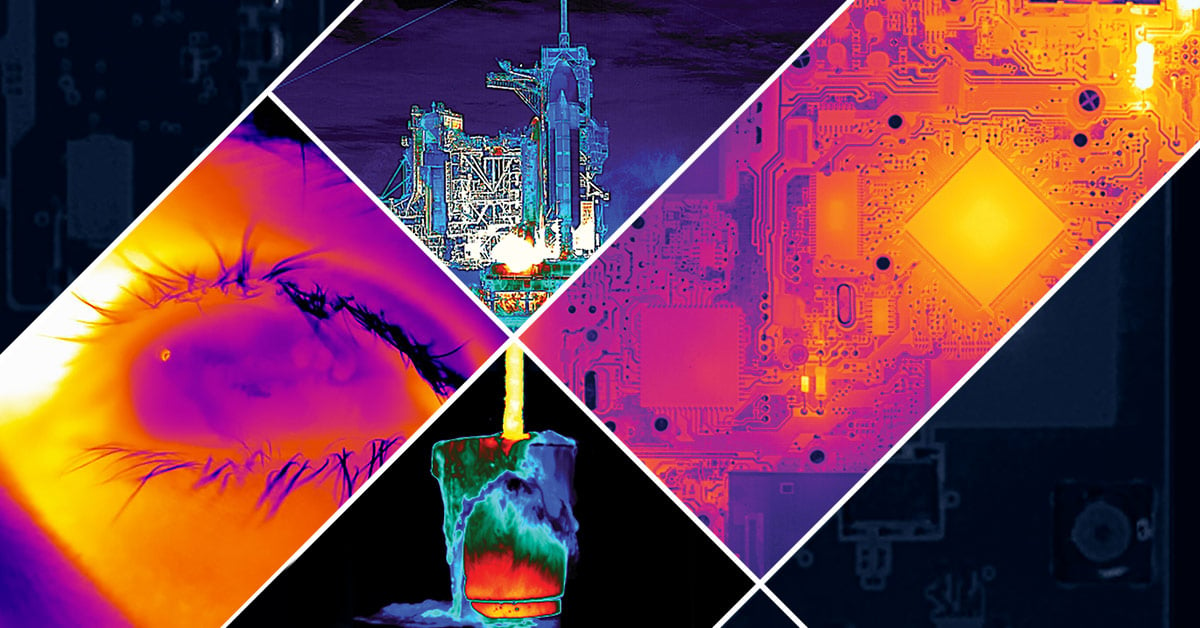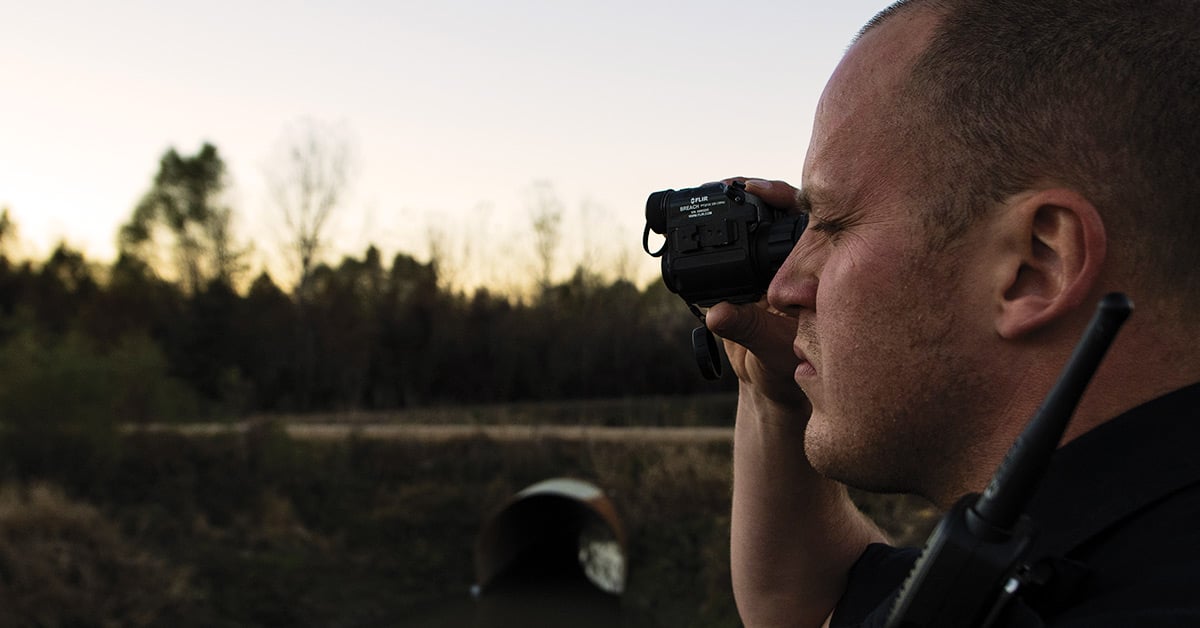On the right track: UK rail operator trials ‘Intelligent Train’ prototype to transform transport network
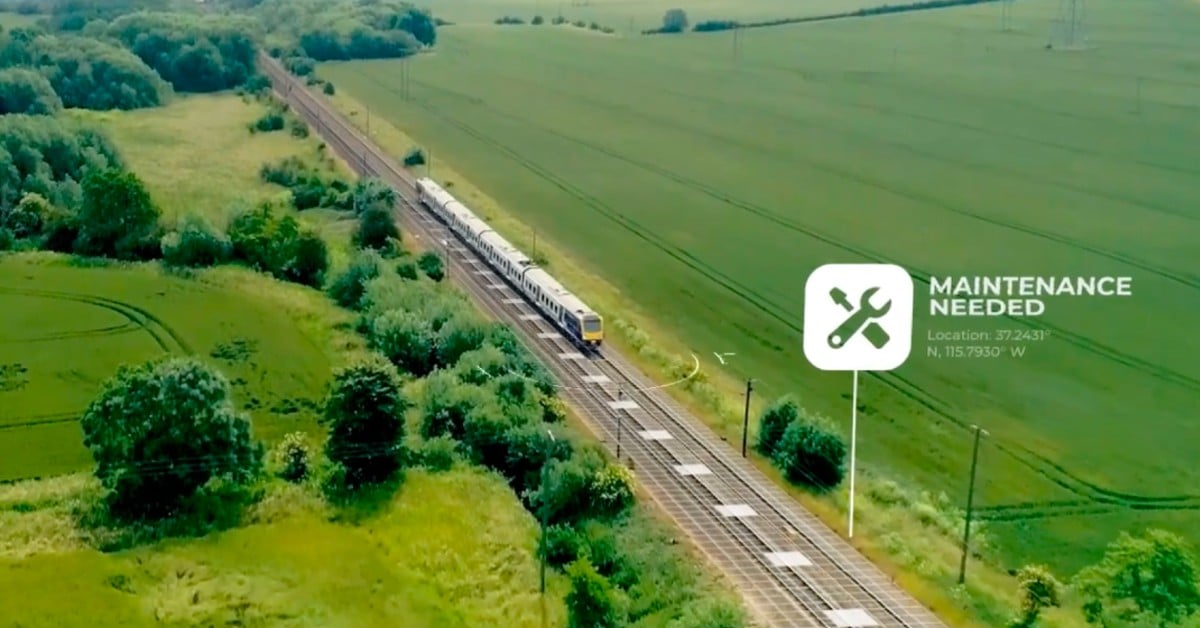
Rail operator Northern is trialing a new state-of-the-art train to help radically improve infrastructure issues and highlight damaged tracks, led by FLIR’s industry-leading thermographic cameras.
Previously, problems with the line, such as corroded or missing overhead cables, could only be detected in person. This meant staff had to physically walk the line and look for the source of the problem between segments of the track known to be operational.
However, UK-based Teledyne FLIR integrator Thermal Vision Research, is leading a critical prototype trial that employs the use of a FLIR A6750sc cooled thermal camera, which promises to minimise the rail network’s downtime and pinpoint areas that require maintenance with exceptional accuracy.
Overcoming ambiguous infrastructure issues in microseconds
One problem with the UK’s existing rail network is that much of it is only infrequently monitored - typically when a failure occurs or an obstruction is flagged. This means that when an issue is identified - such as theft or damage of overhead cables - large areas of track must be closed and manually checked.
This can be incredibly costly - not simply in terms of the labour required to locate and fix any problems, but also customer refunds and knock-on costs associated with delays, cancellations and other abrupt lapses in service.
To counteract this, Northern has partnered with Belvoir Rail and Teledyne FLIR integrator Thermal Vision Research, which is leading on a high-tech solution to bring the UK’s rail network up to speed.
The trial consists of a singular train, kitted out with FLIR’s A6750sc cooled thermal camera complementing acoustic monitors, G-Shock Bogie, an AI camera, a radar dome, 180-degree thermal imaging software and LIDAR horizon scanning cameras - the very same used by NASA to map the surface of the moon.
A crucial element of this installation is the A6750sc, which is capable of capturing all the pixels of a given scene in under 1 millisecond and with full frame-rates of 125 Hz. This combination is crucial to imaging fast-moving objects, which of course, the train certainly is.
The cooled A6750sc system is superior to conventional uncooled thermal imaging due to its improved image clarity and ability to counteract blur - meaning action shots miss none of the vital details needed for a clear snapshot of the state of the line.
Proactively preventing problems - in real-time
Matthew Clavey, Director of Thermal Vision Research, explains in more detail: “For this project, the A6750sc was a must.
“Although an uncooled camera might be running at 30 frames - 50 frames per second, one frame takes about 30 milliseconds. Yes, that's pretty quick but on some applications where, for example, the conveyor belt is going past at speed or a train that's going 100 miles an hour, it’s comparatively way too slow.
“The advantage of the A6750sc cooled camera is they're much much faster and can be sub-millisecond. This allows us to capture images that are of clear quality with no blurring as well as transmitting high-quality data at high-speed.”
“For this particular project, Northern is interested primarily in understanding the problems they have with general infrastructure. So for example, if you take an electric train, it gets its power directly from the overhead lines. Those lines aren't perfect. There are joints that could be overheating, or perhaps corroded. There may be problems with points on the line, or maybe when there's no power at all when there should be. The A6750 thermal camera will allow us to essentially see those points and track them precisely, using both the transmitted data from the sensor and a secondary GPS-tagging attached to the unit.
“It’s fascinating to see in real-time how the line connectors heat up as the train approaches and makes contact.”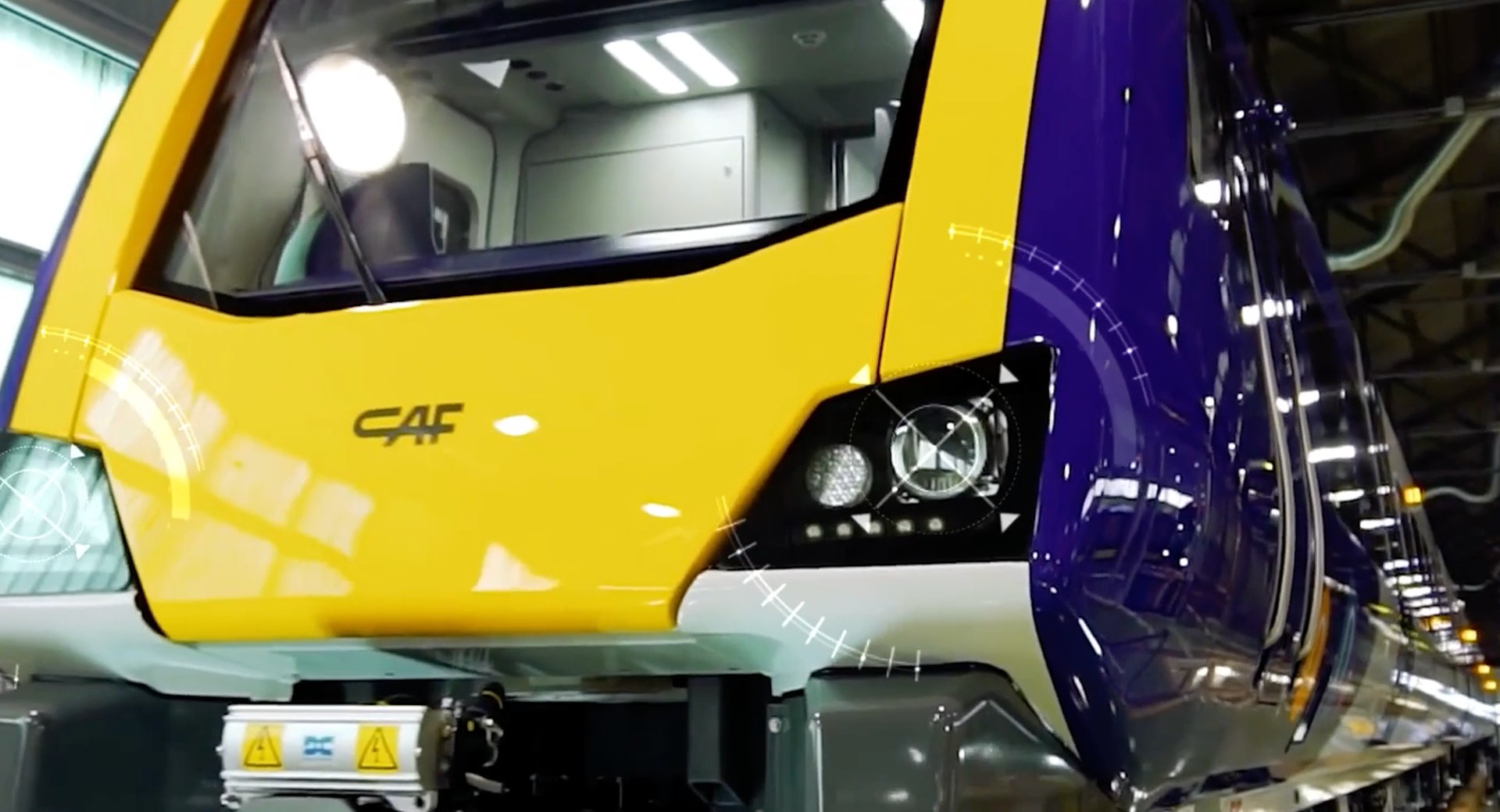
Tracking trends over time
The line of sight for the A6750 is tremendously powerful and, depending on the trajectory of the track, can be as far as 100 meters - giving the drivers sufficient information about the track ahead to reliably inform them of impending danger or problems they may encounter.
Another hugely beneficial element of this integration is the fact that the A6750 splits its functionality between processing data on the unit and also on the cloud, which means that Northern is able to remotely access the data from their control centres around the UK and identify trends over time.
Matthew Clavey from Thermal Vision Research adds: “Let's say that a train is going Leeds City Station. The trains are coming into the station on Monday, and all the lines look perfect. But on Tuesday, there's one hotspot and on Wednesday, there are two hotspots. On Thursday, there are three, four or five.
“With this technology, they can track, trace and even predict the behaviour of the line over weeks, months or years, based on its current and historical readings. The advantage of the camera is that rather than just sending out maintenance crews, who have to manually go down the line and perform a visual inspection, now we can directly send them to points where there actually is a problem - rather than sending them to areas where a problem is suspected but not localised. In this sense, it's a much more efficient use of their time and their maintenance budget.”
The ‘Intelligent Train’ will continue on its national trail throughout 2023, during which time the information it yields could lead to critical changes and nationwide improvements to the UK’s rail network infrastructure.
